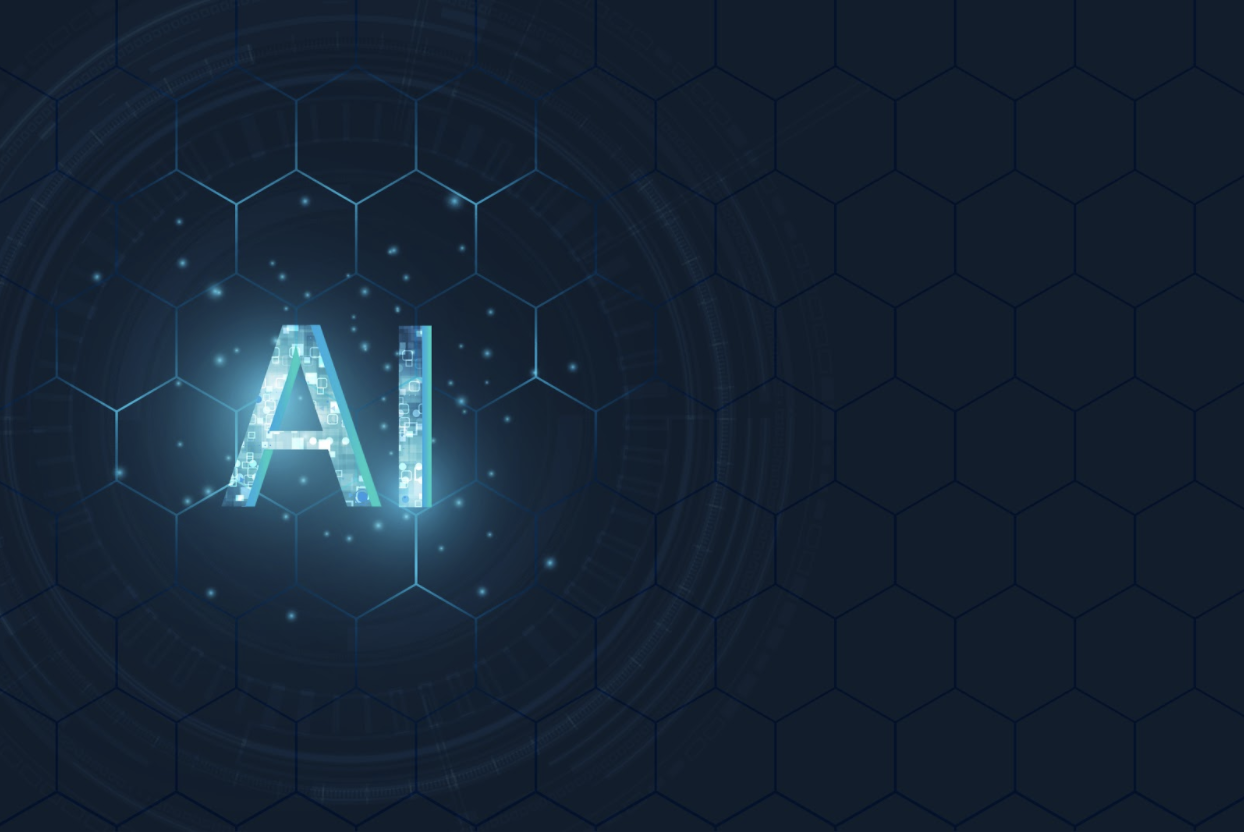There is no doubt that artificial intelligence technology is very complex. However, learning more about the 4 main types of artificial intelligence and how they compare to one another can help you better understand artificial intelligence as a whole.
The 4 main types of artificial intelligence are ordered from least to most advanced. Reactive machines are the least advanced and self-aware machines are the most advanced forms of AI. Modern AI tech has yet to surpass the third type of artificial intelligence in order to successfully reach self-aware AI.
1. Reactive AI
When you think of a basic robot, you are likely thinking of a reactive machine. As its name suggests, reactive AI simply reacts in a specific way to a specific situation.
Reactive machines can definitely be functional in certain scenarios. However, they do not have the ability to learn or improve its performance with time and trials. As such, reactive AI is not able to adapt to different or changing situations or environments.
2. Limited Memory AI
Limited memory artificial intelligence encompasses the machines that most people think of when they think about artificial intelligence as a whole. An example of limited memory AI is driverless car technology. This technology will likely allow self-driving cars to become a reality in the near future.
Machines that are equipped with this type of artificial intelligence are able to store pre-programmed data just like reactive machines. However, they are also able to continuously evaluate and adapt in response to changing situations and environments. As such, they are able to “learn” from situations. They can also adapt and improve their performance over time in order to respond to the same or similar situations more effectively in the future.
3. Theory of Mind AI
Theory of mind is what allows humans to interact with other humans via their ability to innately understand that other conscious beings have their own feelings, thoughts, wants, and needs that affect their behaviors.
Current AI tech is still in the very early, developmental stages of successfully creating machines that are capable of theory of mind. One controversial example of theory of mind AI is the robot “Sophia”. Sophia is a human-like robot who has the ability to hold simple conversations. She can also recognize and react to humans’ facial expressions while interacting with them.
4. Self-Aware AI
Self-aware AI is the most advanced type of artificial intelligence. It is so advanced, in fact, that it is not even a reality in the real world yet—and some experts doubt it ever will be.
This type of artificial intelligence, if it ever comes to be, would encompass machines that possess human levels of consciousness. For example, these machines would be aware of their own existence. They would be able to feel and express their own wants and needs. Perhaps more importantly, they would also be able to understand and even predict the feelings, wants, and needs of other conscious beings.
These brief, basic explanations of the 4 main types of artificial intelligence can help you gain a deeper understanding of AI tech. Even so, these explanations barely scratch the surface of artificial intelligence. Click here for additional opportunities from the Perpejulant Institute to learn more about artificial intelligence technology and how it can benefit you and/or your organization.

